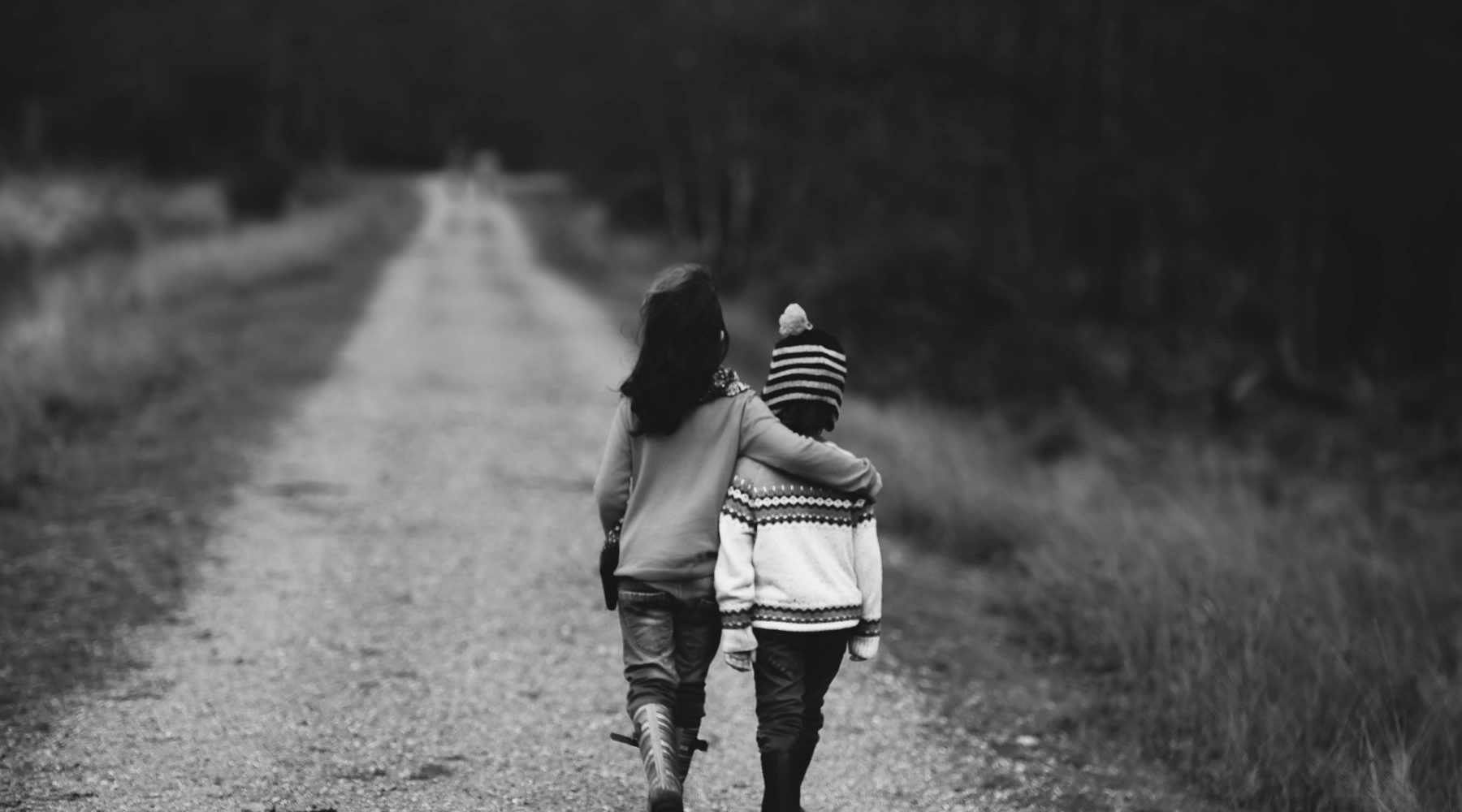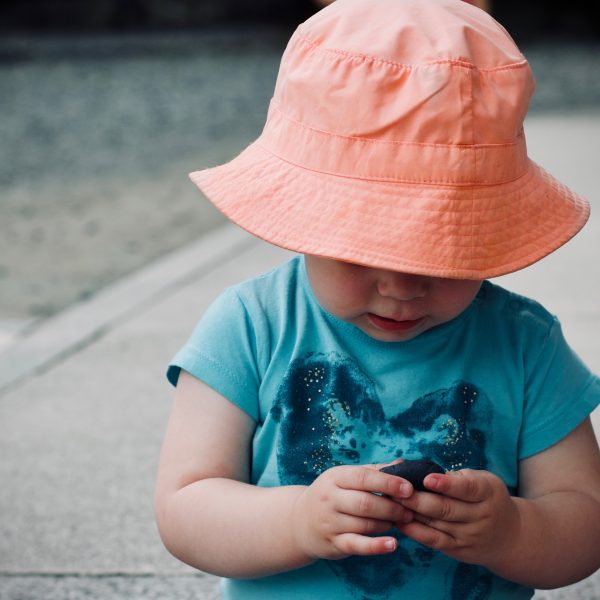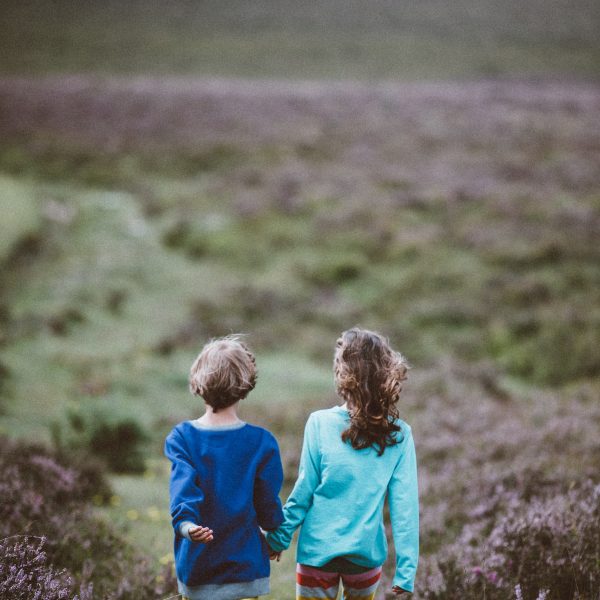How to talk to children about terrorism

Distressing events like the recent terrorist attacks in London and Manchester affect us all in different ways. While adults often have enough life experience to be able to take a long-term perspective towards such disasters, children can face different challenges.
When a child has directly experienced extremely distressing events, or witnessed them through the news and social media, it is entirely normal for them to experience much higher levels of distress than usual.
Depending upon the impact of the trauma, the age of the child, and the supportive relationships they have prior to the traumatic event, their distress may be shown in all sorts of ways. This can include aches and pains, sleeplessness, nightmares, bed-wetting, becoming very snappy or withdrawn, or not wanting to be separated from their parent(s).
But there are lots of strategies that can help young people who are struggling after traumatic events.
Ask questions
Although the natural response is often to want to protect and shield children from the reality of terrorism, it is not a helpful goal long-term. It is also just about impossible to achieve – young people today are exposed to anxiety provoking information like never before.
So rather than shielding children from inevitable stressors, we need to focus on arming them with balanced information, compassion, hope and the chance to develop their resilience.
Incomplete stories and uncertainties can add to children’s worries, but a common worry for adults is how much to say and what gaps to fill in. In such instances, asking open questions about what a child has heard or understood can be helpful.
“How” and “what” questions, such as “how are you feeling about what you saw or heard?” or “what have your friends said about what happened?” can help in gaining insight into the story that the child is trying to establish and understand.
Point out the heroes
Showing children how people are actively trying to help and support people in need is a great way to frame horror with heroes. While older children will be able to process and understand many of the details and implications of tragedy that surround traumatic attacks and events, younger children just don’t have the life experience or developmental mechanisms to process such details.
Remind children that real life heros don’t wear capes. Instead, point out that the heroes in this story are the people in paramedic uniforms or theatre scrubs. They are the passersby, the people who offered help, taxi rides, cups of tea and a bed for the night when people were stranded after the attack.
Not only does this give a new focus to the story but it also highlights familiar cultural narratives – of heros and villains or goodies and baddies – that children can connect with. Such approaches have also been shown to enhance children’s confidence, sense of bravery, ability to problem solve and develop their moral compass.
Use drawings to help
If children are able to name and express what they are feeling, they are more likely to be able to talk about their thoughts and feelings and experience the benefits of connecting emotionally with others.
Don’t assume children know they can share their feelings. Always offer explicit permission for all emotions, especially emotions they may feel concerned about voicing, such as anger and sadness.
One way to do this might be to get out the pens and pencils and physically draw out emotions as characters, or consider how they feel in the body. For instance, “anxious” might feel like a hot head, sweaty hands and fast heart.
Keep things simple
Adults tend to use particular words around trauma, such as “awful”, “horrific”, or “terrible”. But these words don’t translate with much meaning for children.
If possible, it is helpful to break these terms down and use language that holds more meaning for children and connect with emotions they may be feeling or noticing in others, such as sad, worrying, frightening, kind or brave.
You can also try to reduce some of the anxious uncertainty by giving those responsible a name and explaining that they are a small group of people who make bad choices. This not only gives the perpetrators an identity for the child – which helps contain the idea of faceless “baddies” – but also helps to disqualify some of the unhelpful stories they may here from others.
Make time for hugs
Children only feel as safe as they are led to believe they are by the adults around them. So being able to reassure young people that they are safe, loved and cared for can make all the difference.
Research has shown that loving environments at home are hugely protective to the emotional well-being of children. Teenagers in particular benefit enormously if they have positive friendships that support them emotionally.
Relationships actually operate on a physiological level in the body, as well as an emotional one. Cuddles and emotional connection, sooth and calm down a child’s threat system by releasing feel-good hormones such as oxytocin – also known as the “cuddle” or “love” hormone.
You can find more information about how to talk to children after a traumatic event here![]()
Sarah Parry, Senior Lecturer in Clinical and Counselling Psychology, Manchester Metropolitan University and Jez Oldfield, Senior Lecturer in Psychology, Manchester Metropolitan University
This article is republished from The Conversation under a Creative Commons license. Read the original article.
Popular

Workforce
Quality
Research
When did it start to go wrong?
2025-12-18 08:00:46
by Fiona Alston

Policy
Economics
Jobs News
Provider
Workforce
Children’s Services Award changes finalised to address gender-based undervaluation
2025-12-12 06:58:10
by Fiona Alston

Economics
Provider
Quality
Jobs News
Policy
Practice
Workforce
The year in review: 2025's most impactful ECEC news stories and shifts
2025-12-16 07:32:18
by Fiona Alston















